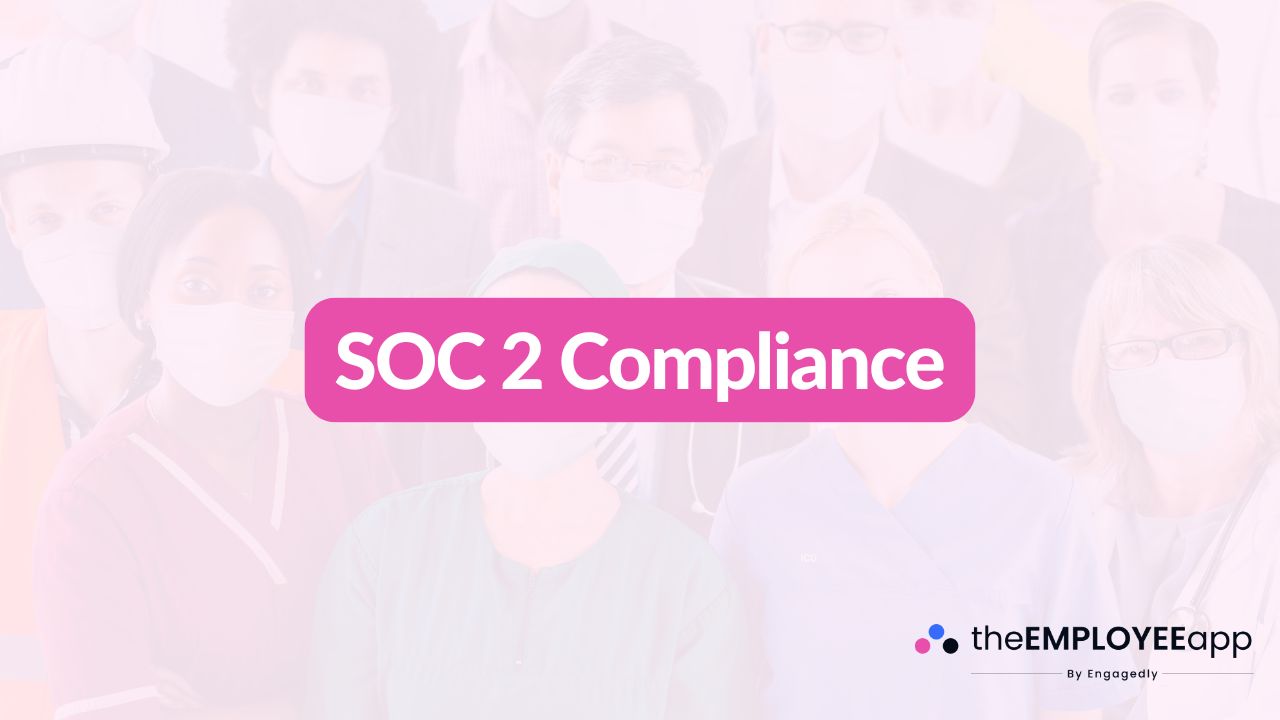
SOC 2 Compliance
SOC 2 compliance is a critical standard for organizations that manage customer data, ensuring that systems are secure, available, and reliable. Developed by the American Institute of Certified Public Accountants (AICPA), SOC 2 outlines specific criteria companies must follow to safeguard information, reduce risks, and demonstrate accountability. Unlike general regulations, SOC 2 compliance is especially relevant for service providers and technology-driven organizations that handle sensitive client information. Achieving SOC 2 compliance not only protects businesses legally but also builds trust with customers, partners, and stakeholders.
What SOC 2 Compliance Means
SOC 2 stands for “System and Organization Controls 2,” a framework designed to ensure that companies manage data in a way that aligns with five core trust principles. These principles provide a structured foundation for how data should be protected, monitored, and handled. SOC 2 compliance is not a one-time certification but an ongoing commitment to maintaining secure and trustworthy practices across business operations.
The Five Trust Principles of SOC 2
SOC 2 compliance is built on five essential principles that organizations must follow:
Security: Ensuring systems are protected from unauthorized access through measures like firewalls, encryption, and multi-factor authentication.
Availability: Guaranteeing systems are accessible and operational as promised, with safeguards against downtime and disruption.
Processing Integrity: Making sure data is processed accurately, consistently, and on time, without errors or manipulation.
Confidentiality: Protecting sensitive information from unauthorized disclosure and ensuring that only approved parties have access.
Privacy: Managing and handling personal information responsibly, in line with established policies and regulations.
Why SOC 2 Compliance Matters
In today’s digital workplace, organizations collect and process large volumes of customer and employee data. Without proper safeguards, this information can be at risk of breaches, leaks, or misuse. SOC 2 compliance demonstrates that a company is serious about protecting data integrity and has implemented the necessary controls to ensure security and privacy. For clients, it provides assurance that they can trust the organization with their sensitive information. For businesses, it provides a competitive edge, particularly in industries where compliance and data security are non-negotiable.
The SOC 2 Audit Process
To achieve SOC 2 compliance, organizations must undergo a formal audit conducted by a licensed CPA or auditing firm. During the audit, the company’s systems, policies, and practices are evaluated against the five trust principles. There are two types of SOC 2 reports:
SOC 2 Type I: Evaluates whether the controls are properly designed at a specific point in time.
SOC 2 Type II: Assesses the effectiveness of those controls over an extended period, typically several months.
Completing these audits requires thorough documentation, testing of internal processes, and evidence that the organization consistently follows its policies.
Challenges in Achieving SOC 2 Compliance
While SOC 2 compliance is highly valuable, it can also be challenging. Organizations must invest in proper security systems, consistent monitoring, and ongoing training for employees. Maintaining compliance requires a cultural shift toward prioritizing security and privacy in all business practices. In addition, companies must regularly update their processes to keep up with evolving risks and regulatory expectations.
Benefits of SOC 2 Compliance
Despite the effort required, SOC 2 compliance brings long-term benefits:
Customer trust and confidence: Clients are more likely to work with organizations that can prove their data is safe.
Stronger security posture: Businesses proactively prevent breaches and vulnerabilities.
Regulatory alignment: SOC 2 overlaps with other data protection standards, helping organizations meet multiple requirements.
Competitive advantage: Being SOC 2 compliant differentiates companies in industries where security is a top priority.
Operational consistency: Standardized processes improve efficiency and accountability across teams.
SOC 2 Compliance in the Workplace
For employee communication platforms, HR technology, and other workplace tools, SOC 2 compliance is especially critical. These platforms often handle personal employee information, company announcements, and operational data. Without strong safeguards, organizations risk exposing sensitive details. By choosing tools and partners that are SOC 2 compliant, companies can ensure both their workforce and their clients benefit from secure, reliable, and trustworthy systems.
Conclusion
SOC 2 compliance is more than a certification—it’s a commitment to security, accountability, and trust. By aligning with the five trust principles, organizations can protect data, reduce risks, and build stronger relationships with customers and employees. In a business environment where data is a valuable asset, SOC 2 compliance is not just a best practice, but a necessity for long-term success.
